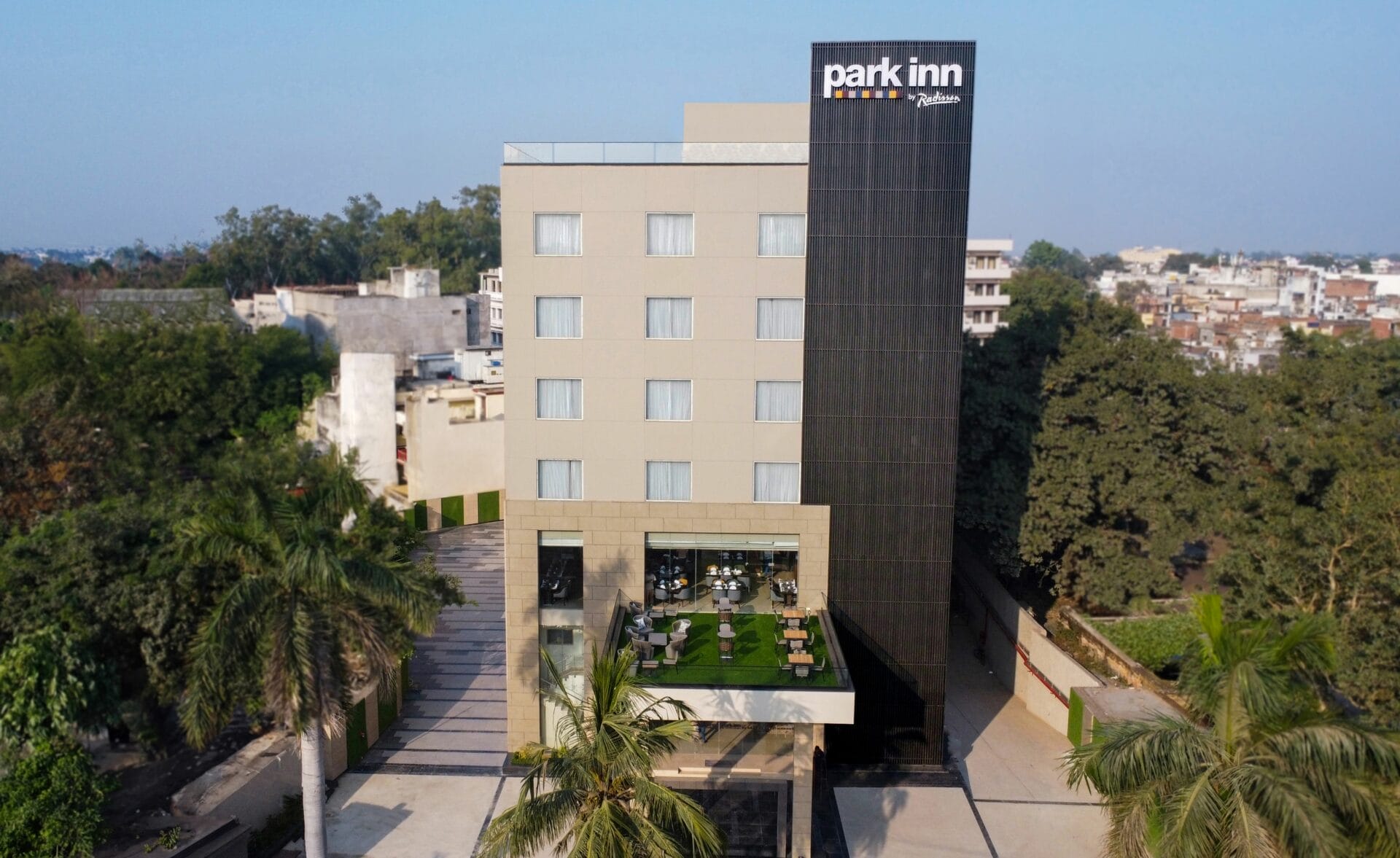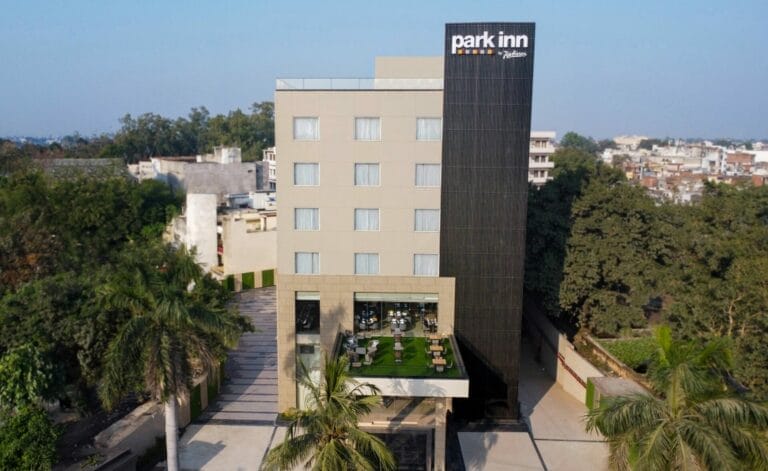The St. Paul’s Cathedral in the heart of Kolkata is the finest example Gothic Revival style of architecture. St. Paul’s Cathedral is an Anglican cathedral in Kolkata and the seat of the Diocese of Calcutta. It is also said to be the largest cathedral in Kolkata and the first Episcopal Church of Asia and the first cathedral to have been built outside the UK. St. Paul’s Cathedral bears a close resemblance to the Norwich Cathedral in England, making it a must-visit spot during your trip to the City of Joy.
History
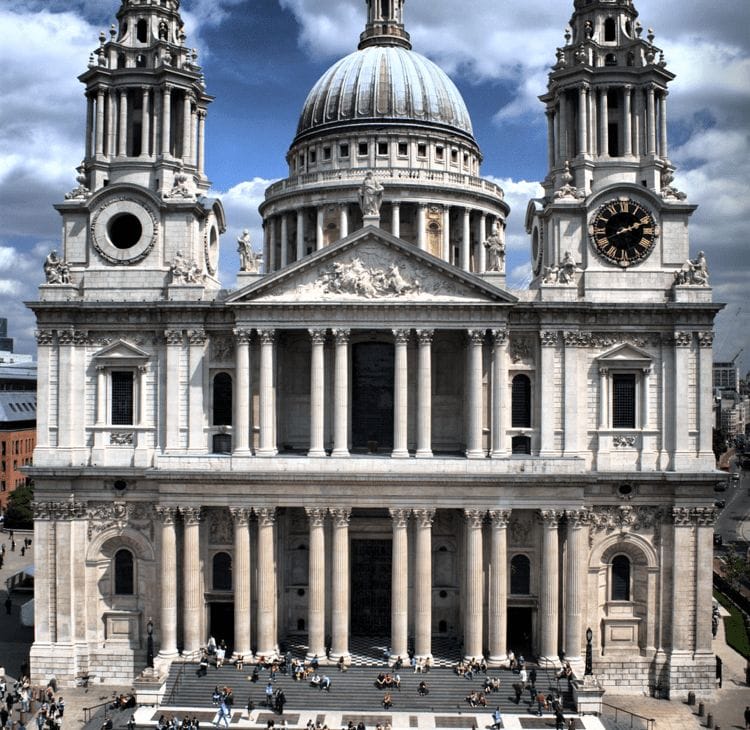
It was in 1819, that the then Governor-General of Bengal — Marquis of Hastings asked William Nairn Forbes to design the proposed cathedral but this was rejected as being too expensive. The need for a new church was felt in 1800’s because St. John’s Church was small and couldn’t accommodate the growing population of the European community comprising 4,000 British men and 300 women. In 1762 Bishop Middleton suggested ‘Fives Court’ as the proposed site (where the cathedral now stands) but this area was rejected as it was covered by dense forests and harbored tigers, but it was in 1832, that under Bishop Daniel Wilson, the project to build the cathedral was revived.
Major William Nairn Forbes (1796–1855) military engineer designed the cathedral with the assistance of architect C. K. Robinson. The cornerstone of St. Paul was laid on 8th October 1839 and it took 8 years to complete the construction and consecrated on 8 October 1847. Europeans and local people attended the consecration ceremony, to mark this occasion Queen Victoria sent ten silver-gilt plates.
In 1897 a massive earthquake damaged the church and a subsequent one in 1934 destroyed the steeple tower after which the cathedral was reconstructed.
Architectural features
The architectural design of the cathedral is ‘Indo-Gothic’ – a Gothic architectural style incorporating modern construction elements design to meet Indian climatic conditions. This church is a beautiful piece of art with its slender vertical piers and its central spire’s height is 201 feet (61 m) and it stands on a tower which is square in shape – patterned on the lines of the 12th-century Canterbury Cathedral, England. This tower is fitted with five clocks, each of which weighed about three tons. The church has pointed arches and counter-balancing buttresses.
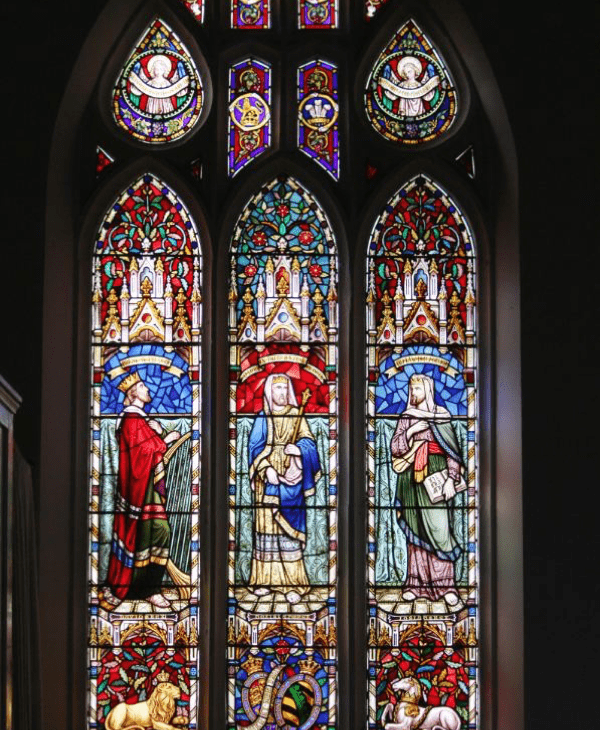
The cathedral has stained glass windows – the three on the western side were designed by Sir Edward Burne-Jones (a pre-Raphaelite master) who designed in 1880 in memory of Lord Mayo who was assassinated in the Andaman Islands; these glass windows are fitted in half-sunk arches. The East window having the original stained glass was destroyed by a cyclone in 1964 and a new one was substituted in 1968.
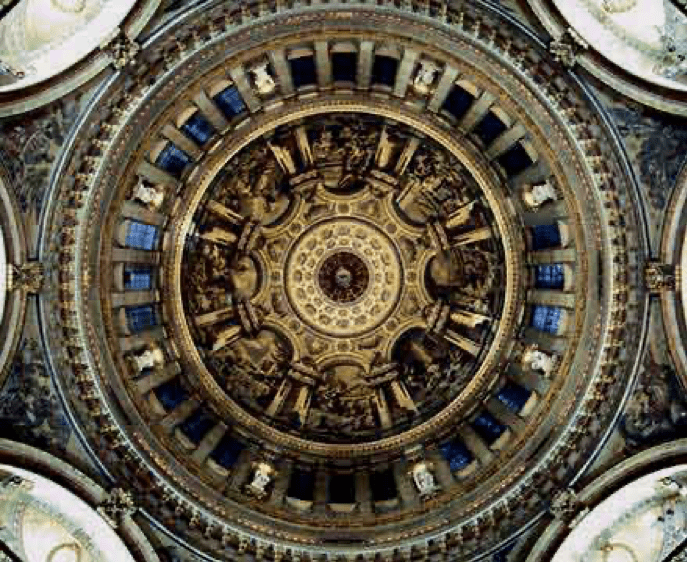
The roof of the cathedral is in the shape of a ‘shallow curve’ spanning over iron trusses decorated with ‘Gothic tracery’. The hall of the cathedral is spacious having no aisles.
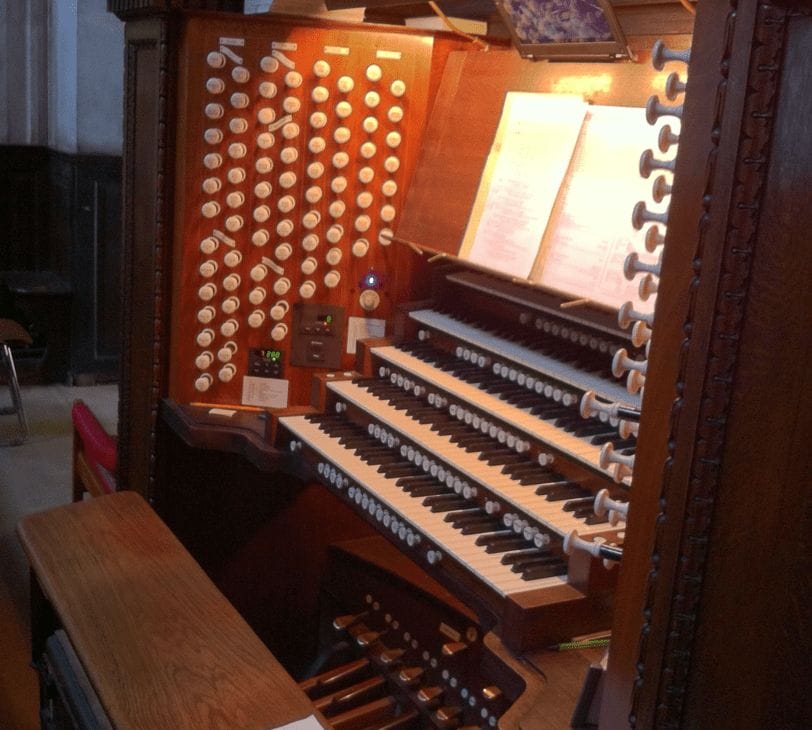
Still in use is an organ with 41 stops made by Joseph Willis and Sons of London.
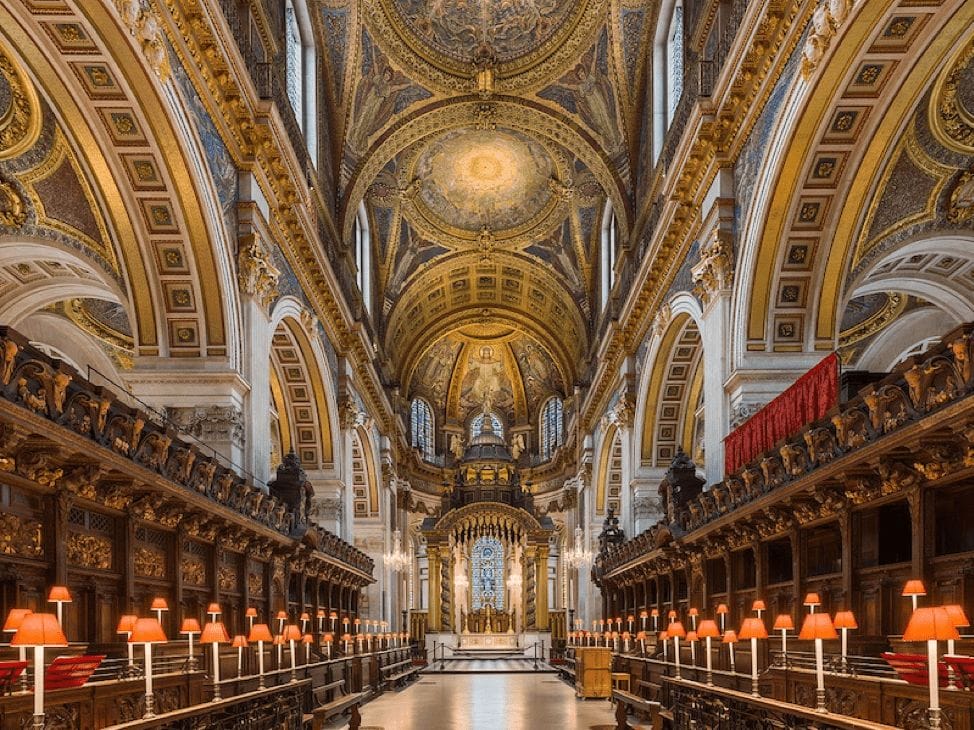
The nave of the cathedral has intricately designed wooden pews and chairs and length is 247 feet (75 m) with at 81 feet (25 m) and has two frescoes created in the classic Florentine Renaissance style. This nave is visited by all those wanting tranquil ambience.
Once here, admire the ‘episcopal throne’ on the southern flank of the altar, there is a decorative reredo or wall on its backside dated to 1879; it has carvings of happenings related to the life and works of St. Paul, annunciation, adoration of the Magi, and Flight into Egypt, all credited to Sir Arthur Blomfield and several other murals in the St. Paul’s Cathedral. The eastern wall has paintings of the life of St. Paul, painted by Blomfield in 1886.
The church within its premises has the chancel, sanctuary, chapels along with the parish hall which is the venue for holding social functions. The cathedral complex also has a library, built over the western porch, the dimensions are 61 by 22 feet (18.6 m × 6.7 m) with a height of 35 feet (11 m). The library has a marble sculpture of Bishop Wilson. This was built at the initiative of Bishop Wilson, who donated 8,000 of his books and manuscripts. Other books were donated by W. Gordon and Rev. J. Nath (University of Oxford) and the Calcutta Bible Society.

Also notable in the font the sculpture of Bishop Heber (1783–1826), the Second Bishop of Calcutta; this statue was sculpted by Francis Leggatt Chantrey.
The cost of construction at that time was Rs. 4,35,669 and this church can accommodate about 800 to 1,000 people. Special bricks, light in weight and with good compression strength were used for the construction of the cathedral. Chunam is also called or known as limestones was used for plastering the external and internal surfaces in the form of a stucco.
How to reach
Locating St. Paul’s Cathedral is quite easy, as it is close to Victoria Memorial, another big landmark. The best time to visit it on Christmas Eve for experiencing first hand it’s amazing Midnight Mass.
You have to enter the cathedrals from Sir William Prentice Memorial Gate, a large wrought iron gate in the north named after Sir William Prentice a member of cathedral’s congregation
The nearest metro station is the Rabindra Sadan Metro Station (SSKM Gate) from it is a kilometer away. You can take buses or yellow cabs from all over Kolkata to reach this destination. St. Paul’s Cathedral remains open in shifts – 9 AM to 12 PM and 3 PM to 6 PM. However, on Sundays, it is open from 7:30 AM to 6 PM.



